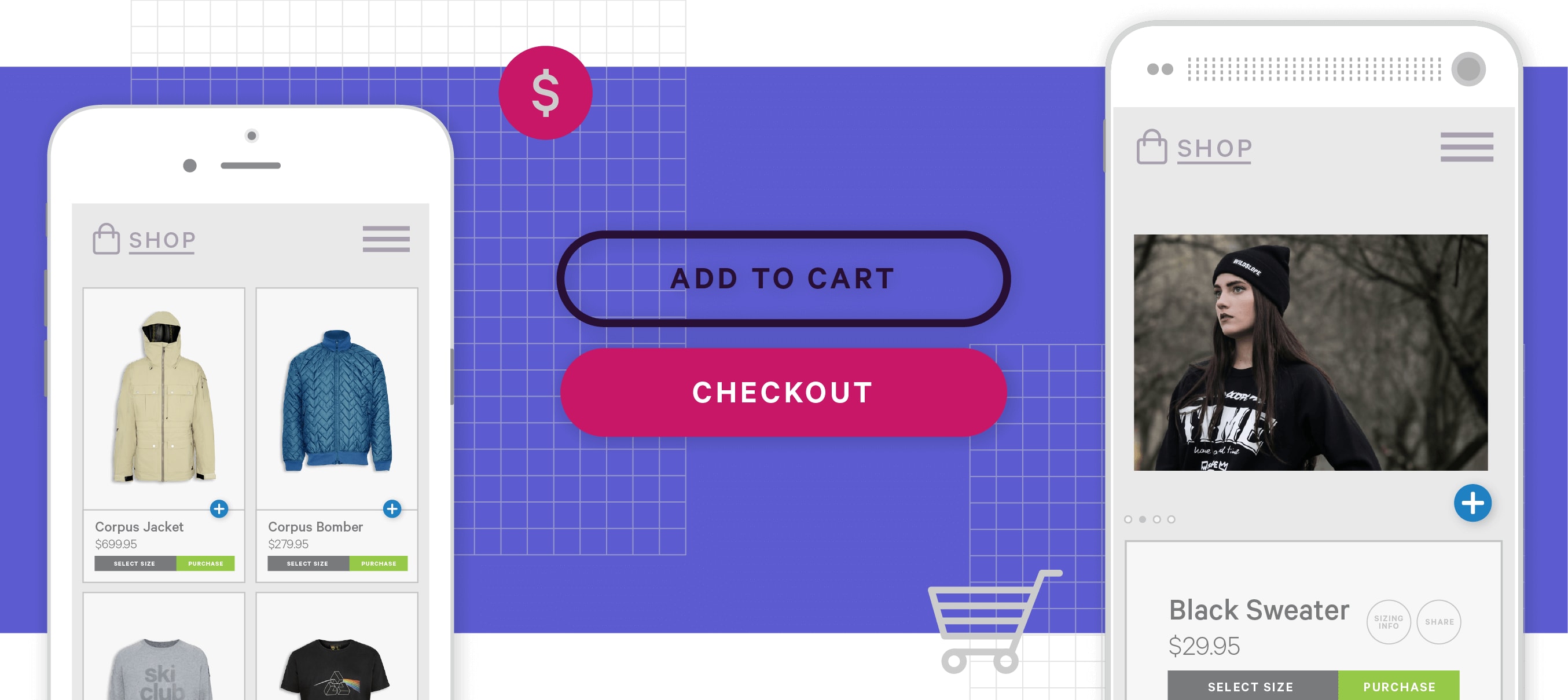Oh, it’s that time of the year again. As the temperature drops and turkeys sell out in celebration of Thanksgiving, retailers all over North America are getting ready for Black Friday and Cyber Monday, the holiday (and made up holiday) that serve as perfect case studies for the unstoppable shift towards online shopping.
Although Black Friday infamously brings to mind images of people stampeding at Walmart or Target risking their lives for discounted goods, increasingly people are turning to the internet to take care of their seasonal shopping needs (from the safety of their homes). Recently, Business Insider published an article highlighting some of the data behind this unstoppable shift towards eCommerce. Here are some of the key takeaways:
- E-commerce sales are booming, up 15.5% versus a year ago.
- Online sales make up 9.1% of all retail, up from 8.2% a year ago.
- E-commerce will continue to slowly take market share from brick-and-mortar stores.
According to the Commerce Department, eCommerce sales in the third quarter increased 15.5% from a year ago ($115 billion to be exact), making Q3 a record quarter for online retailers. The good news is that this figure includes sales by brick-and-mortar retailers with an online presence, so one can deduce that, for retailers, the cure to the ‘retail apocalypse’ lies in optimizing and updating their eCommerce platforms.

During successful engagements with retail clients we’ve identified three trends in eCommerce that will separate top-performers from the rest (and looking at the data you can see that this shift in retail will only intensify in 2018). We hope that you can leverage these trends to get ahead next year (notice that I didn’t say “trends to watch out for,” that’s because eCommerce isn’t a threat, it’s an opportunity):
Omnichannel - Everywhere, At All Times
Delivering a great customer experience, anywhere, anytime, and on any device will be the key to success for retailers, especially as mobile solidifies its place as the new storefront. For brands today, a critical opportunity remains in the expectations of their customers to be delighted and understood at every touchpoint. However, in this modern age of gifs, memes, and Snapchat, customers will cross paths with your brand using different channels, resulting in a non-linear journey that is hard to understand. For that reason, creating a longer cohesive experience--where their interactions with, and understanding of your brand are consistent--is paramount.
In the talk below from FITC’s Spotlight AngularJS event, Rangle CEO Nick Van Weerdenburg discusses how Angular can be used to build omnichannel applications that leverage one codebase for web, mobile, and packaged iOS and Android apps. The result? Faster time to market, better product, better user experience, and lower costs.
Data, Data and more Data (Yep, we’re talking about Machine Learning)
A critical factor in creating digital experiences and future-proofing your organization is your data, and being able to use it to optimize your customers’ experience. As we wrote recently, this will involve making use of machine learning, creating algorithms that can analyze, and act upon the big data you’ve collected from millions of transactions. This use of Artificial Intelligence will enable your organization to discover patterns in your visitors’ behavior that you can then address by tailoring their experience to show exactly what they want. Naturally this leads to more sales, a decrease in cart abandonment rates and more overall satisfaction. Other efficient applications of machine learning include segmentation and targeting, security and pricing optimization.
You Need to Act Quicker (Get Agile)
Collecting all that data and drawing insights using machine learning won’t make a difference if you can’t take what you’ve learned and quickly make changes to your online store on all channels. For that reason, Agile methodologies for web and mobile apps have never made more sense for retailers today. With so little time to research, plan, design and build different components--and with a customer base that increasingly expects bespoke experiences delivered at light speed--your platform and team need to be equipped to produce quick deliveries, feedback loops, and fast time to market.
Agile methodologies are specifically designed to generate real business value by implementing continuous delivery, which allows teams to increase feedback and remove roadblocks without sacrificing velocity. As mentioned above, Angular enables teams to create scalable omnichannel experiences so here’s another talk by Nick that shows you how to make Agile work for Angular.
Of course there are other trends that will affect your eCommerce performance, including interactive content, email campaigns and the possible emergence of new social media. Yet by creating better omnichannel experiences, collecting and acting on data, and staying nimble by embracing Agile methodologies you can proactively lead the way and equip your organization to succeed in the digital era.

